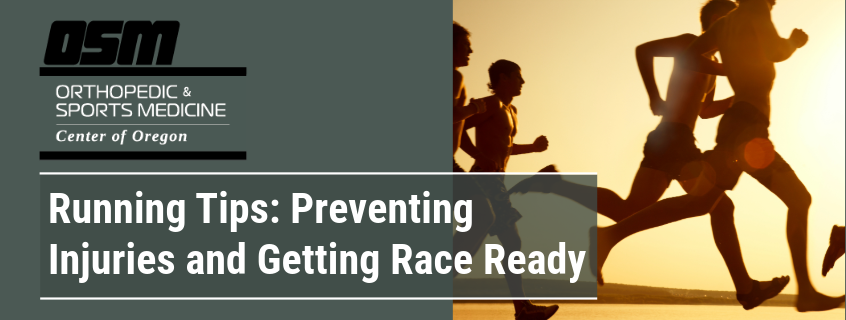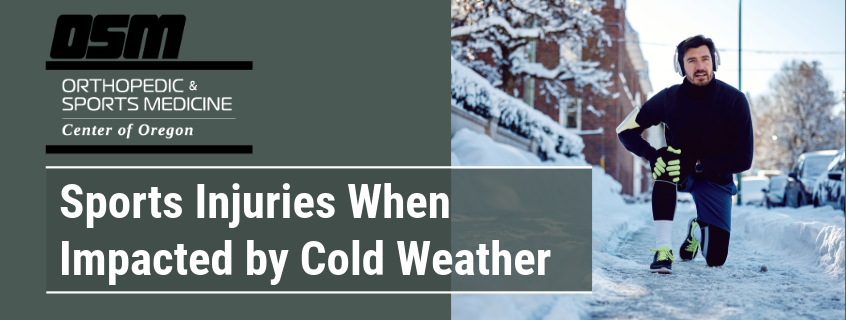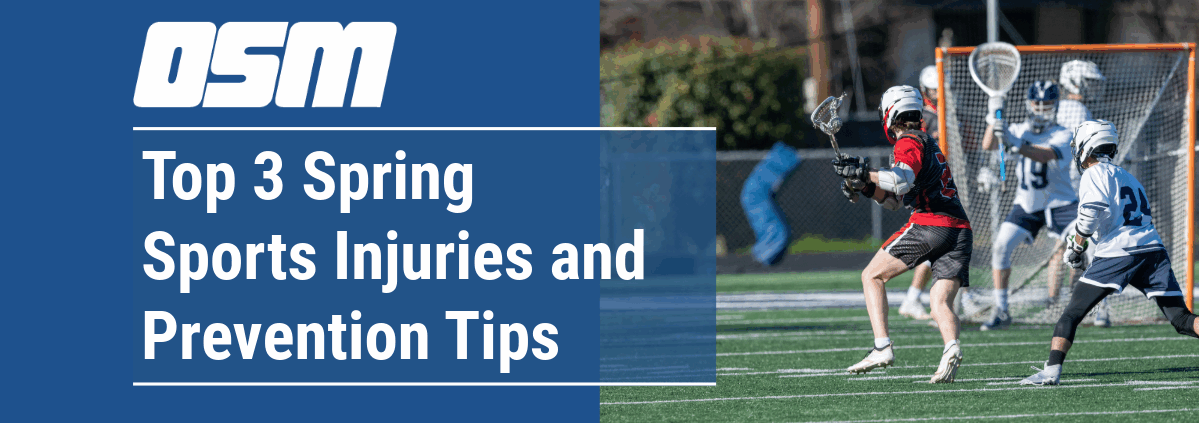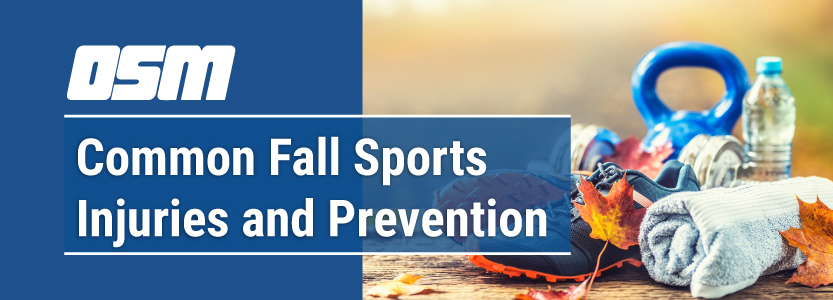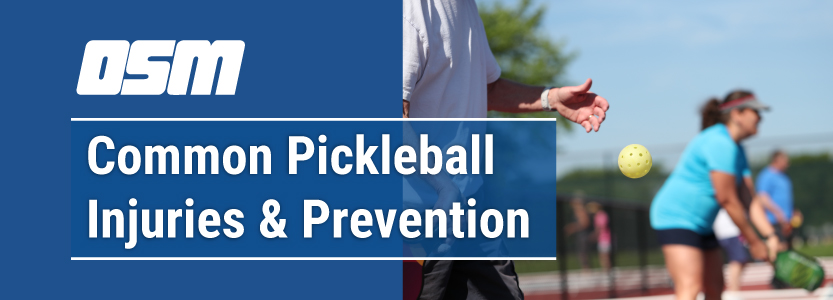Running Tips: Preventing Injuries and Getting Race Ready
Article featured on Emory Healthcare
Runners experience all sorts of health benefits, such as better heart health, stronger bones, building muscle and maintaining a healthy weight. But just like in any sport or activity, runners risk getting injured.
Running Tips for Beginners
Never run before? No problem. “Start slow and be patient with your progress,” advises Dr. Mason. “Before starting, talk to your primary care provider to make sure you’re ready to do vigorous exercise like running.”
- Start with a walk-to-run program: Dr. Mason recommends a program that slowly shifts intervals of walking to running. You can do this by breaking your time into five-minute intervals (for example., a 20-minute workout would have four intervals of five minutes). For the first two weeks, walk for five minutes (a 5:0 walk-run ratio). After that, walk for four minutes and speed walk/jog for one (a 4:1 walk-run ratio). Two weeks later, walk for three minutes and run for two (a 3:2 walk-run ratio). Keep increasing every two weeks until you are running the entire time.
- Take rest days: Beginning runners can expect soreness as they start their new exercise routine. Start by running every other day or three to four days a week. That way, your body has time to recover between runs.
- Get good shoes: A specialty running store can analyze your stride (gait) and footfall and help you pick a shoe that’s right for you. Everyone runs in their own unique way, and the shoes your friend wears to run might not be good for you. Finding the right shoes can help prevent injury.
- Where to run: While running on pavement can be hard on your knees, runners can get injured on any surface. Hard surfaces, like sidewalks, transfer more force to your knees. But softer surfaces, like trails, are less stable and have a higher risk of ankle injury. Dr. Mason suggests mixing up your running surface and routes to strengthen your legs and keep you balanced.
- Increasing speed and distance: It’s safer to increase how fast or far you run gradually. First, increase your distance, then improve your speed. Start by increasing your distance by a half mile a week. Once you reach five miles a week, you can focus on picking up your pace. You can also add short sprints into the middle of your workout to increase your overall speed.
- Prevent side stitches: Stay hydrated, avoid large meals a couple of hours before running, avoid sugary training snacks and focus on your breathing. Match your breathing rhythm to your running stride and take periodic deep breaths to keep oxygen flowing and avoid side aches.
- Eat enough: Make sure you are eating enough and getting all of the macronutrients: protein, fat and carbohydrates. Sometimes the amount of nutrition we need to run can surprise us! Dr. Raiser believes that all runners can benefit from meeting with a sports dietician to help optimize your nutrition. But keep in mind that you should spread your food intake out to 5 to 6 meals throughout the day to optimize the absorption of important nutrients and keep your energy balanced throughout the day. If you regularly eat too little, you may have insufficient nutritional intake, which can lead to low energy availability—and can show up as fatigue, recurrent injuries (especially bone stress injuries), poor performance, and many other medical issues.
Running Advice When Training for a Race
Have your sights set on a race? Setting a goal like this can help structure your training as you work toward race day.
- Training in the heat: Both doctors emphasize hydration before, during and after you train. When it’s hot outside, water alone may not be enough. Drink electrolytes to replenish what you lose when you sweat. Wicking or dry-fit clothing helps move heat away from your body.
- Speed work: More experienced runners can use interval training to improve their pace. Add some high-intensity bursts in the middle of your runs.
- Cross-training and prehab: When training for a race, you may think you should focus all your energy on running. But cross-training can actually help improve your running performance and help prevent injuries. Dr. Raiser emphasizes that “Runners need to train to run; this involves more than just running. This means that strength and agility training, general aerobic training, and mobility work are important for making you a better runner and avoiding injury.” Activities like swimming, cycling, rowing and weightlifting can help you increase your endurance and strength. “Prehab” exercises can help runners strengthen and stabilize their muscles and joints to prevent common running injuries.
- The day before the race: Wondering if you should train the day before a race? “That depends on the level of runner you are,” says Dr. Mason. “If you’re a beginner, I recommend taking a rest day before a race. If you’re an experienced runner, take the day off or go for a short, easy jog to loosen your muscles and relieve nervousness.”
- Warm up before a race: To stretch or not to stretch? Some people believe that extensive stretching can impact your performance. And overstretching cold muscles can lead to injury. The doctors suggest runners start with five to 10 minutes of light aerobic activity to warm up the muscles and joints. Then do light stretching, like a simple calf, hamstring or quad stretch.
Prevent and Treat Common Running Injuries
Some soreness and mild discomfort are normal when you start a running routine. But any pain should resolve in a few days or weeks. If pain lingers or gets worse, you might be injured.
Achilles tendonitis
Your Achilles tendon connects your calf muscles (in your lower leg) to your heel bone. Runners can experience tendonitis in their Achilles if they increase distance or speed too quickly or if they have abnormal running mechanics. Tight calf muscles or excessive pronation (foot rolling inward) can also cause tendonitis.
To prevent Achilles tendonitis, increase your distance and speed gradually. Stretch and strengthen your calves after each run. And select the right running shoes for your gait. A specialist running shoe store can analyze your stride, determine if you pronate, and suggest a shoe that will help.
If the pain and tightness in your Achilles tendon persists, Dr. Mason recommends seeing a sports medicine physician. Achilles injuries generally heal when the runner takes time off from running and does specific stretches and strengthening exercises. Runners may be able to cross-train with swimming, rowing or cycling while they wait for their Achilles to heal as long as those activities are pain-free.
Runner’s knee
Runner’s knee refers to many different knee issues, including patellofemoral syndrome and patellar tendonitis. If you’re having knee pain, the first step is to diagnose the specific cause so you can treat it. Both physicians recommend scheduling an appointment with a sports medicine physician.
Plantar fasciitis
If you have pain in the bottom of your heel when standing or walking, it could be plantar fasciitis. This condition happens when the thick band of tissue across the bottom of your foot becomes inflamed and painful. Wearing the wrong type of shoe or worn-out shoes, excessive running volume or increasing your distance too quickly can all cause plantar fasciitis.
Wearing good shoes with arch support when you’re running and in your daily life can help. Focus on stretching exercises for your calf and the bottom of your foot and strengthening the small muscles of your foot with “toe yoga” exercises. If the pain persists, you may need to decrease your running and be aware that stress fractures in the heel may sometimes mimic plantar fasciitis. If you start feeling pain in your heel, Drs. Mason and Raiser suggest you see a physician to discuss the appropriate treatment plan.
Shin splint
If you increase your running volume too quickly, you may experience painful shin splints. They should go away with rest, and you may want to decrease your running distance before you slowly work back up again. Shin splints usually aren’t serious. But if you don’t rest so they can heal, they could turn into a stress fracture.
Stress fracture
Runners can get stress fractures — tiny, hairline cracks in a bone — from the repetitive impact of their sport. They may notice pain in the shin, foot or heel that gets worse over time. The only way to know if you have a stress fracture is to get an X-ray, so talk to your doctor if you think you may have one. Runners usually need to rest for six to eight weeks as the stress fracture heals. Some stress fractures can require surgery if they worsen, so don’t ignore the symptoms!
Sprained ankle
Ligaments support your ankle and keep it in the right position. But when those ligaments stretch too far, usually from rolling an ankle, it can cause an ankle sprain. A sprained ankle can swell, bruise and be painful. It gets better with rest, ice, elevation and the help of physical therapy, though it can take weeks to months to heal.
No Pain, All Gain
While you may have heard of the adage “no pain, no gain” in sport, both physicians share the advice that “Running shouldn’t hurt!” So if you have pain that sticks around or gets worse, don’t push through it or write it off as normal.

